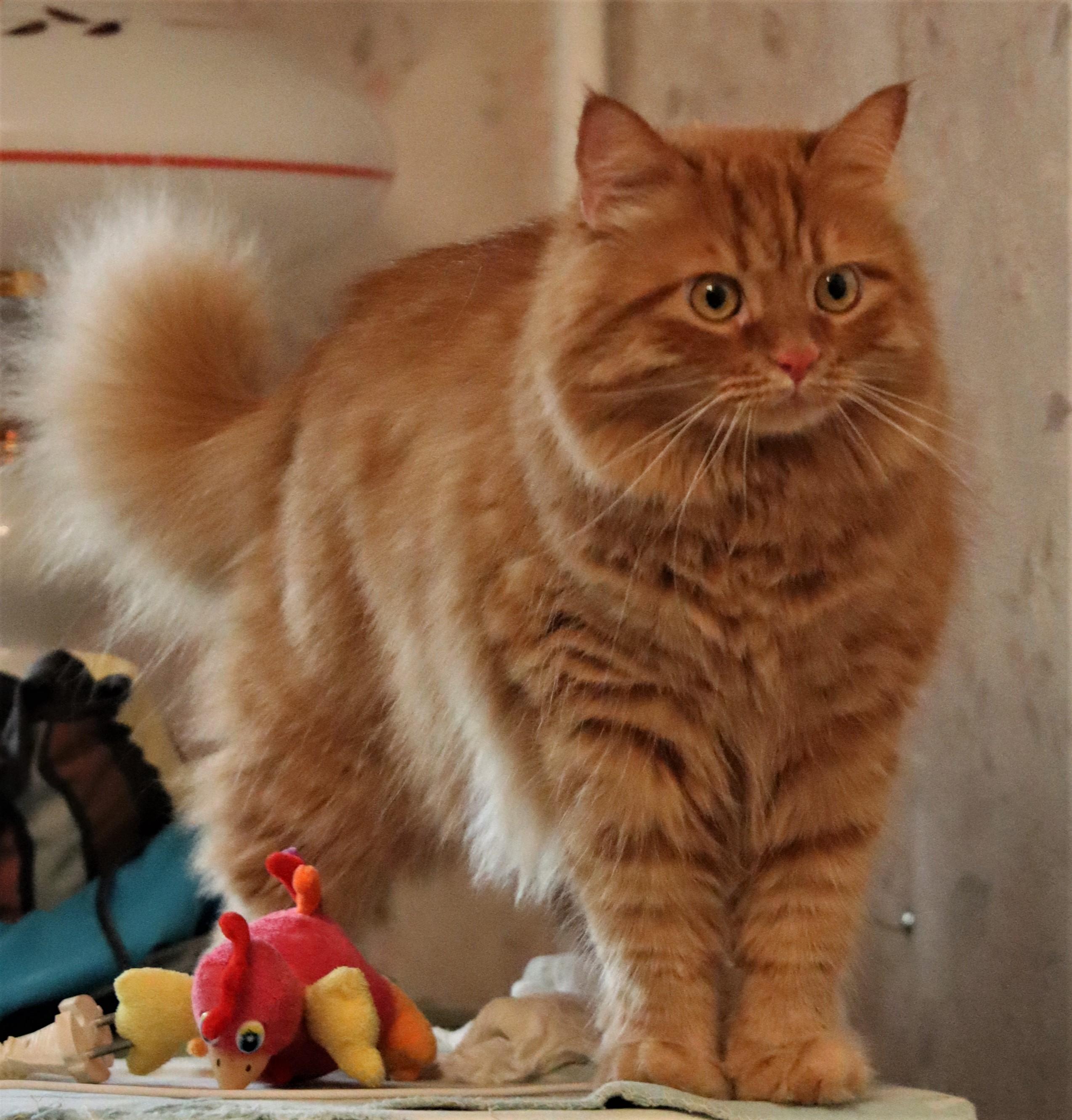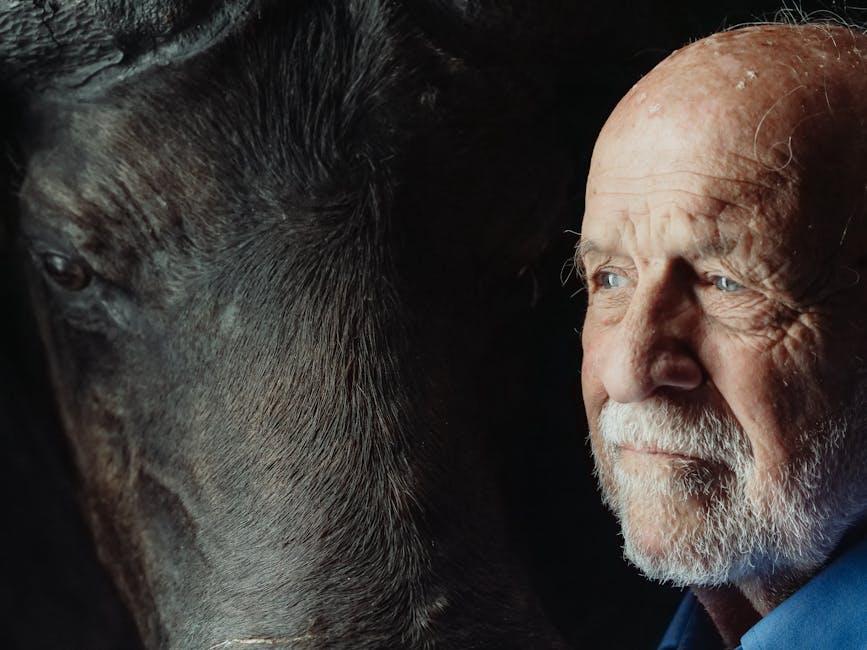Separation anxiety in dogs is a common challenge that many pet owners face, and it can be as distressing for you as it is for your furry friend. Understanding that your dog’s anxious behavior stems from their deep attachment to you is the first step in addressing this issue with empathy and care. In this guide, we will explore practical strategies to help your dog cope with being alone, transforming moments of anxiety into opportunities for growth and resilience. By fostering a sense of security and confidence in your pet, you can ease their anxiety and strengthen the bond you share. Let’s embark on this journey together, ensuring that your dog feels loved and supported, even when you’re apart.
Understanding Your Dogs Anxiety Triggers
To effectively support your furry friend in overcoming separation anxiety, it’s crucial to identify what sets off their stress. Recognizing these triggers can be the first step towards providing the comfort they need. Dogs may react to various stimuli, and understanding these can help tailor a soothing environment for them.
- Changes in Routine: Dogs thrive on routine. Any alteration, such as a new work schedule or a family member leaving home, can be distressing.
- Environmental Cues: Notice if your dog becomes anxious when you pick up your keys or put on your coat. These actions might signal to them that you’re leaving.
- Loud Noises: Some dogs are sensitive to loud sounds, which can exacerbate their anxiety when left alone.
- Previous Experiences: Past traumas or experiences can leave lasting impressions. Understanding their history can provide insights into their anxiety.
By paying close attention to these factors, you can begin to mitigate their effects, creating a more peaceful and reassuring environment for your beloved pet.

Creating a Safe and Comforting Environment
Crafting a haven for your furry friend involves both physical and emotional elements. Begin by designating a cozy corner of your home as their safe space, equipped with familiar items like their favorite blanket, toys, and maybe a piece of your clothing to offer a reassuring scent. Consistency is key—ensure this area is accessible and undisturbed, allowing your dog to retreat here whenever they need comfort.
Consider adding calming aids to their environment, such as:
- Soft Music or White Noise: Helps mask outside noises that may trigger anxiety.
- Pheromone Diffusers: These can emit soothing scents that mimic natural calming pheromones.
- Interactive Toys: Keeps their mind engaged and provides a distraction during your absence.
Moreover, maintaining a predictable routine can significantly alleviate anxiety. Regular feeding, play, and exercise schedules provide structure, making your dog feel secure and reducing the stress associated with your departures.

Gradual Desensitization Techniques for Success
One effective way to ease your dog’s separation anxiety is through the use of gradual desensitization techniques. This involves slowly getting your dog accustomed to being alone, ensuring that the process is as stress-free as possible. Begin by leaving your dog alone for short periods, gradually increasing the time apart. Start small, with just a few minutes, and reward calm behavior with treats or affection upon your return.
- Create a safe space: Set up a cozy area with your dog’s favorite bed or blanket.
- Use calming aids: Consider using pheromone diffusers or calming music to create a soothing environment.
- Practice leaving rituals: Put on your shoes and grab your keys without leaving to reduce the association with your departure.
- Incorporate interactive toys: Leave your dog with toys or puzzles to keep them engaged and distracted.
Patience is key; every dog responds differently, and it’s crucial to proceed at a pace that is comfortable for your pet. Celebrate small victories and remain consistent with your efforts, reinforcing positive behaviors along the way.
Engaging Activities to Distract and Soothe
- Puzzle Toys and Treat-Dispensing Balls: These toys are fantastic for keeping your furry friend engaged for extended periods. By providing mental stimulation, they distract from the anxiety of being alone. Fill them with your dog’s favorite treats or kibble, and watch as they eagerly work to extract every last morsel.
- Interactive Play Sessions: Before leaving, engage your dog in a vigorous play session. Whether it’s a game of fetch or tug-of-war, this physical activity can help expend their energy, leaving them more relaxed and less likely to stress when you’re gone.
- Aromatherapy: Introduce calming scents such as lavender or chamomile into their environment. These scents can have a soothing effect, helping to create a tranquil atmosphere that can ease anxiety.
Incorporating these activities into your dog’s routine not only alleviates separation anxiety but also enhances their overall well-being. By providing both mental and physical stimulation, you create a positive and comforting environment that can significantly reduce stress levels.

